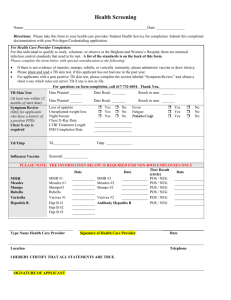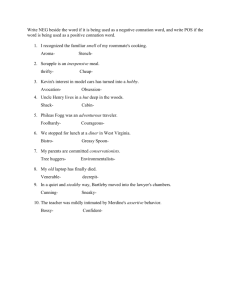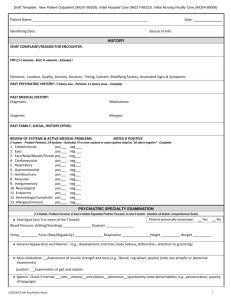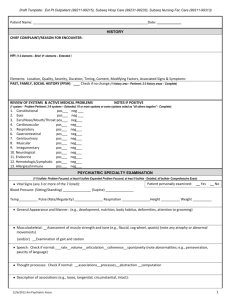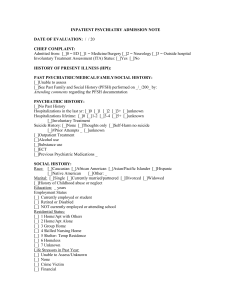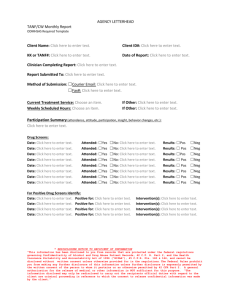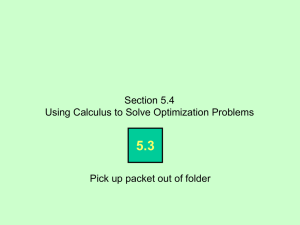WIKI-INTEGER ARITHMETIC
advertisement
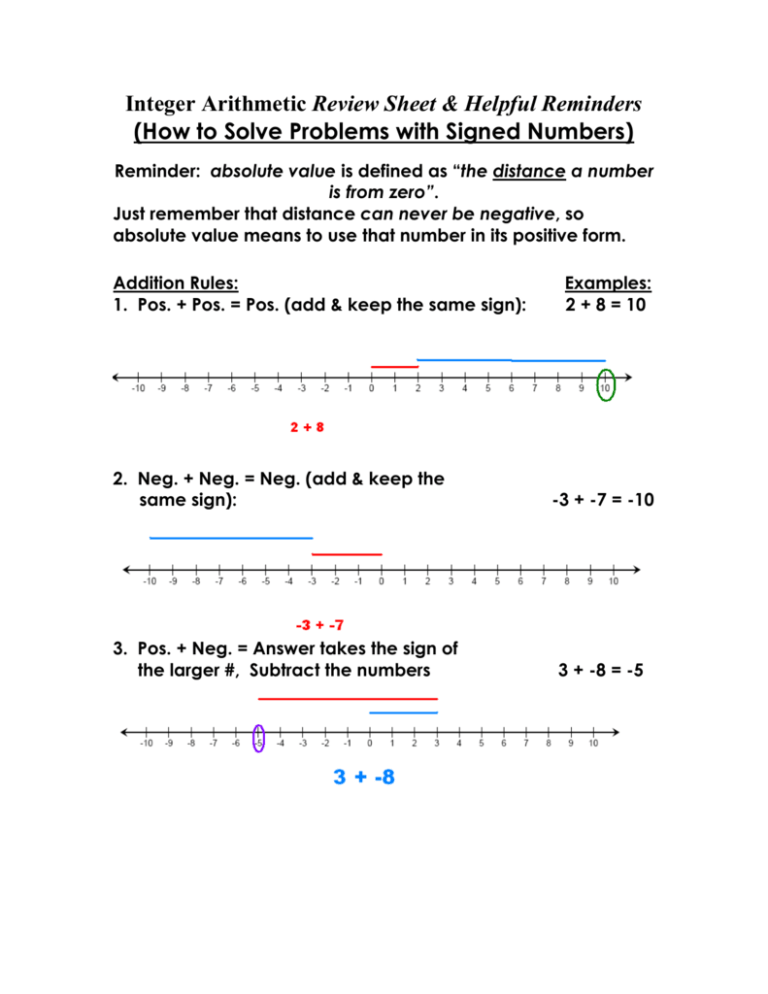
Integer Arithmetic Review Sheet & Helpful Reminders (How to Solve Problems with Signed Numbers) Reminder: absolute value is defined as “the distance a number is from zero”. Just remember that distance can never be negative, so absolute value means to use that number in its positive form. Addition Rules: 1. Pos. + Pos. = Pos. (add & keep the same sign): 2. Neg. + Neg. = Neg. (add & keep the same sign): 3. Pos. + Neg. = Answer takes the sign of the larger #, Subtract the numbers Examples: 2 + 8 = 10 -3 + -7 = -10 3 + -8 = -5 4. Neg. + Pos. = Answer takes the sign of the larger #, Subtract the numbers -3 + 8 = 5 Multiplication Rules: 1. Pos. x Pos. = Pos. (same signs = pos. answer) 2. Neg. x Neg. = Pos. (same signs = pos. answer) 3. Pos. x Neg. = Neg. (different signs = neg. answer) 4. Neg. x Pos. = Neg. (different signs = neg. answer) Division Rules (same as Multiplication Rules): 1. Pos. Pos. = Pos. (same signs = pos. answer) 2. Neg. Neg. = Pos. (same signs = pos. answer) 3 x 8 = 24 -3 x-8 = 24 3 x -8 = -24 -3 x 8 = -24 24 8 = 3 -24 –8 = 3 3. Pos. Neg. = Neg. (different signs = neg. answer) 24 -8 = -3 4. Neg. Pos. = Neg. (different signs = neg. answer) -24 8 = -3 Definition of Subtraction: Subtraction is defined as adding the opposite. (Reminder: opposites are numbers with opposite signs – they have the same absolute value, they are just in different directions away from zero.) Subtraction Rules: 1. 3 – 8 is the same as 3 + -8 2. –3 – 8 is the same as –3 + -8 3. 3 - -8 is the same as 3 + 8 4. –3 - -8 is the same as –3 + 8 (follow addition rule #3) (follow addition rule #2) (follow addition rule #1) (follow addition rule #4) SUMMARY: 1. Multiplication and division rules are the same: When multiplying or dividing two numbers with the same signs, the solution is positive; however, when multiplying or dividing two numbers with different signs the solution is negative. 2. For addition and subtraction, all you have to learn is how to change subtraction to addition properly. Then, follow the addition rules. Same signs means add and keep that sign, but different signs mean to subtract and keep the “sign of the larger absolute value number”. 3. Shortcut Reminders: When you multiply or divide an even number of negatives, the result is positive since all negatives pair up with another one. o Example: -2 x -2 x -2 x -2 = 16 o Example: -30 ÷ -3 ÷ -5 ÷ -1 = 2 o Example: -50 ÷ 5 x -2 ÷ 4 x 8 = 40 When you multiply or divide an odd number of negatives, the result is negative since there is one negative left over after all others pair up and become positive. The one left over changes the whole result back to negative. o Example: -2 x -2 x -2 = -8 o Example: -30 ÷ 3 ÷ -5 ÷ -1 = -2 Example: 8 x -3 ÷ 12 x -8 ÷ -4 = -4


